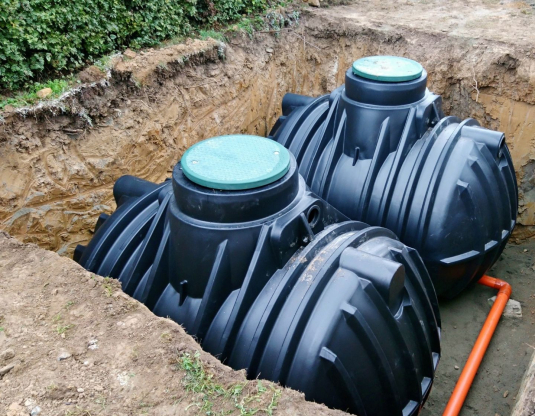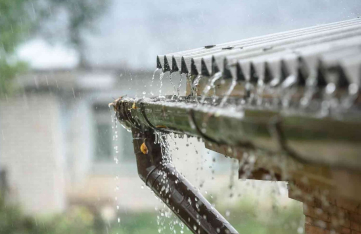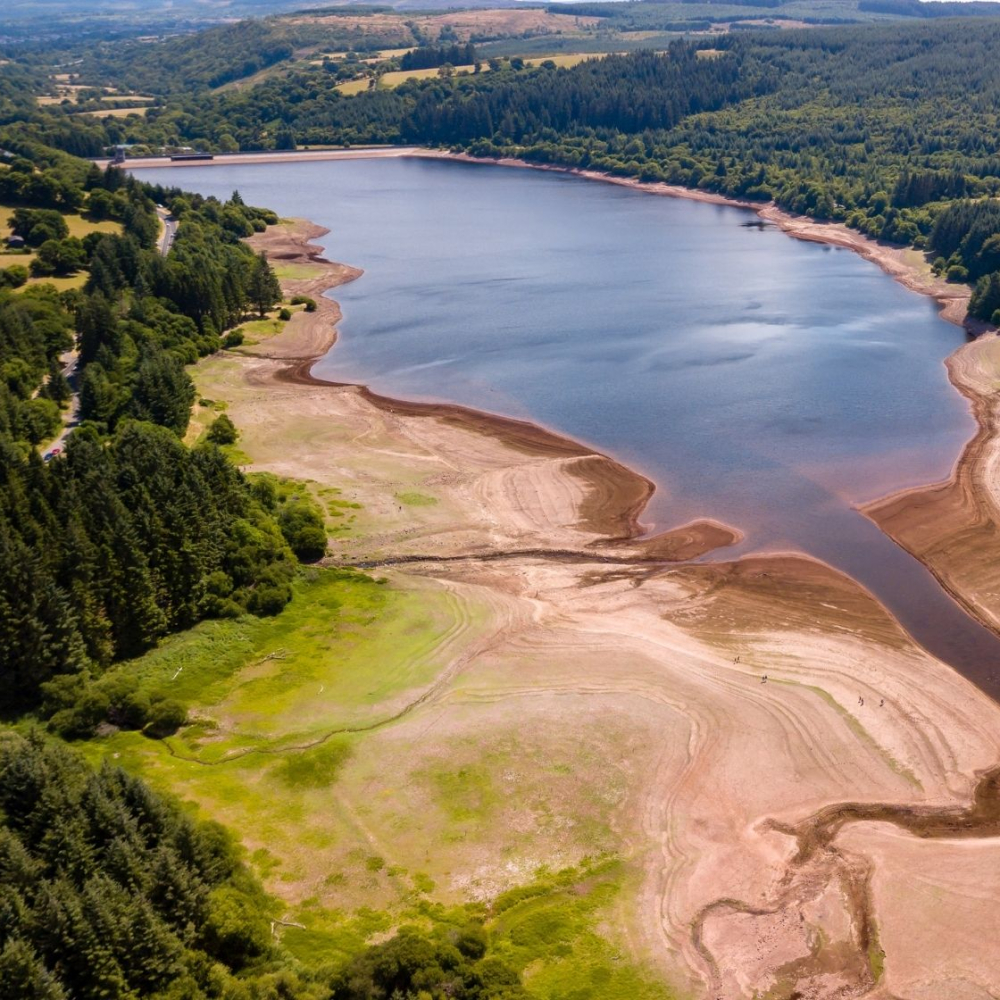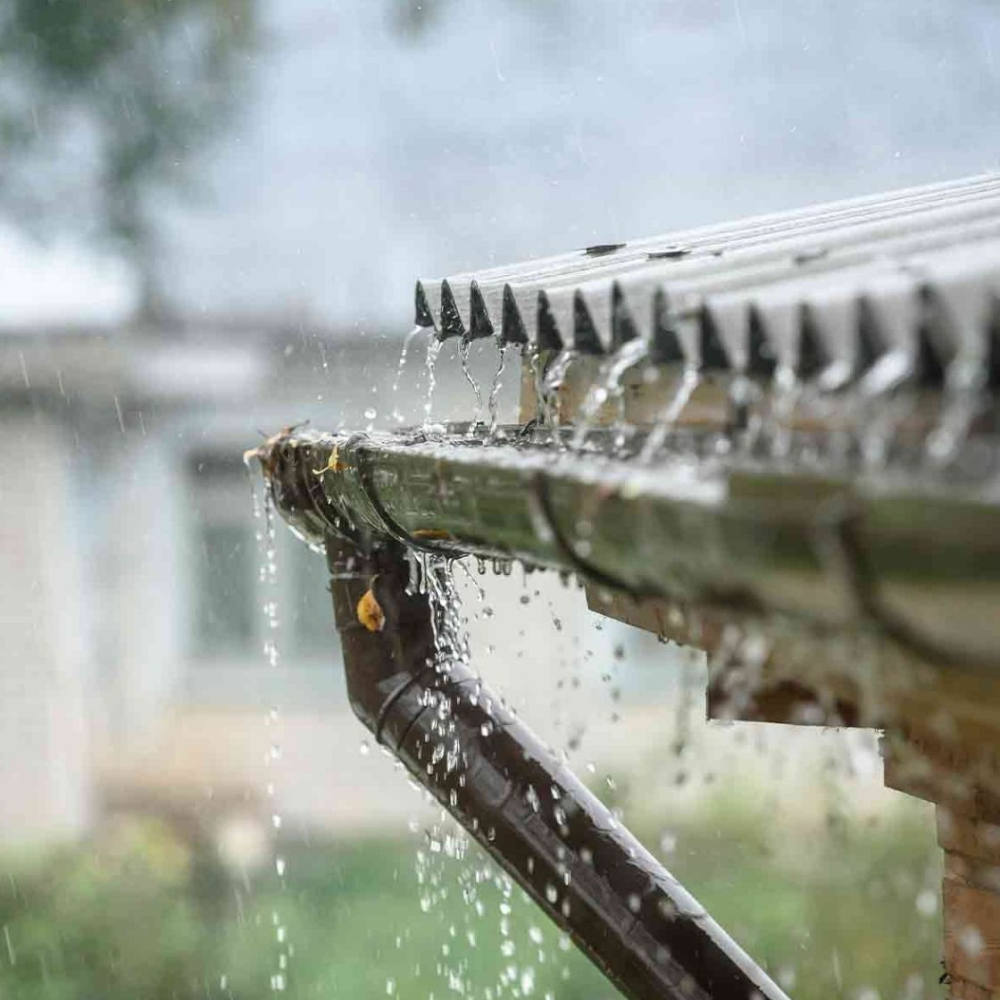Rainwater Harvesting – An Introduction
Recently, media coverage regarding problems with the supply of water in the UK have increased. There is a growing awareness of the pressures in the commercial supply chain, and the increasing scarcity of water that is forecasted in the not-too-distant future.
Water wholesalers and retailers are now facing impending legislation from 2024 to further regulate water efficiency in their industry and via their end customers. The utility cost of water is rising more steeply year on year, with an average 7% price rise in 2023 passed onto consumers via suppliers.
With this backdrop, businesses and organisations are starting to give more consideration to water efficiency measures. Once ‘quick wins’ have been achieved through replacing inefficient taps, toilets and other appliances, where do you go from there?
Enter rainwater harvesting. Reusing rainwater to supply water appliances in a building is a form of integrated water management. It reduces a building’s dependency on purchased water. Purchased water is expensive, and water bills only ever rise in cost over time. From a financial perspective, it makes sense to utilise rainwater, but this is not the only benefit.
Water treatment and processing is incredibly energy intensive and comes with an environmental cost and resulting carbon footprint. Any business or organisation required to report on decarbonisation initiatives should take this into account. In the Streamlined Energy and Carbon Reporting framework it is recognised as a scope 3 indirect emission, also commonly described as ‘embodied carbon’, meaning the water supplied carries an energy trail within it. Consequently, making the decision to capture rainwater will help your business save money and cut carbon.
How it works
Rainwater harvesting is a system to capture the rainwater that collects on the roof of a building and utilise it to supply water appliances within a building. The basic principle of rainwater is very simple. Rainwater runs off the roof down the gutters and into a filter system before entering a holding tank. The water held in the tank is then pumped out and used for flushing toilets or pressure washing etc. If the holding tank is full the water overflows to a storm drain. If the holding tank gets low, it automatically tops up with towns mains.
In the UK, there is some volume of rainfall each month, even in the summer period, which through looking at historical data, enables a rough supply ‘baseline’ to be worked out.
Developing a project
Rainwater harvesting projects require some research and development to craft a robust business case as well as installation design. There is key information required to assess the potential rainfall volume obtainable. Firstly, a review of the rainfall in the geographical area is conducted. Average historical rainfall is researched to establish an average rainfall yield in mm per year. Then, the building roof catchment area is measured in M2 to establish the total water volume that can be potentially garnered. Once the rainfall generation is forecasted, a decision can be made on the type of system.
Types of systems
There are 3 main types of system which SaveMoneyCutCarbon specify, which differ to suit each site/location.
- System 1 is the most common, where the tank, pumps and controls are built into a 20ft container.
- System 2 Is where the pumps and controls are mounted inside the existing building and the storage tanks are freestanding outside.
- System 3 has the storage tanks, pumps and controls all located inside the existing building.
These three options can cater to a range of customer needs as each building will vary in terms of design, space, and access.


Installation
The installation will first involve carrying out any enabling works to the drainage and guttering to ensure that the rainwater runoff is captured effectively and can be directed to the tank. If the tank is to be built underground, there will be civils work to be done. Finally, the water will need to be fed from the tank to the target appliances, likely connecting onto an existing pipework feed. The system will typically be complemented with mains backup to ensure site operation is never compromised.
Pumps feeding the water from the tank will also have a backup system, such as Duplex pumps, to ensure operation does not experience downtime. The level of water sanitation and filtration will vary depending on the water requirements of the asset it is supplying. A smart meter should be installed to provide accurate data on the supply from the system.
Summary
Rainwater harvesting is a great way for businesses to reduce their dependency on supplied water and make their building more water neutral. Water is becoming scarce, and some regions of the UK are already water stressed. As costs rise, and government regulation around water conservation increases, now is a good time to consider adoption. Talk to SaveMoneyCutCarbon today about how Rainwater Harvesting could help your business.






